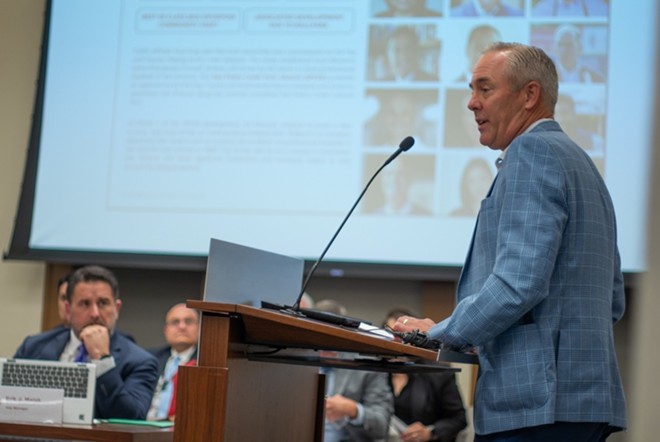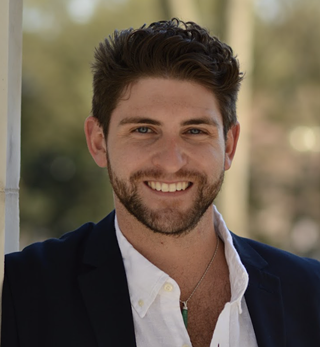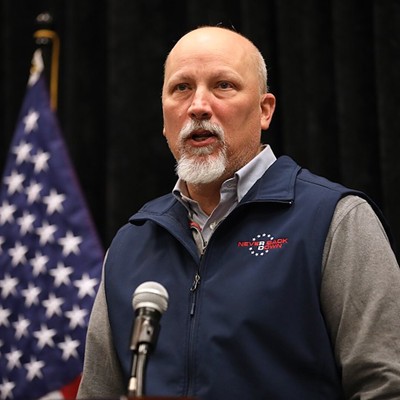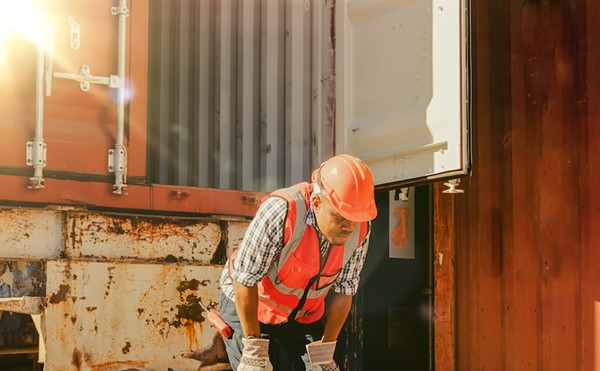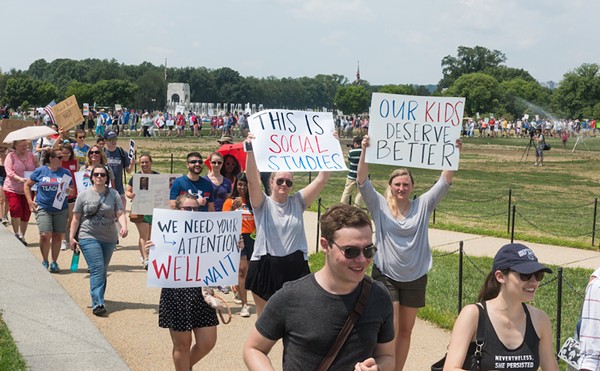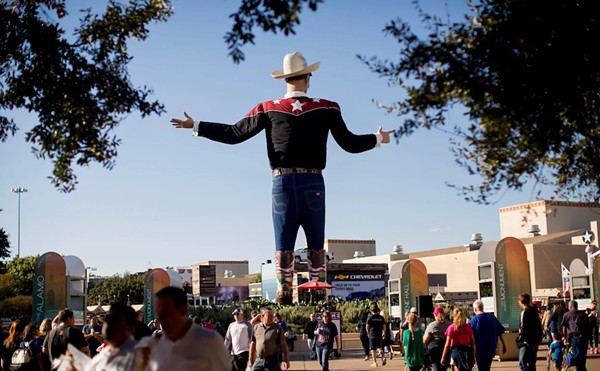However, leading experts on publicly financed stadium construction tell the Current that the claim is misleading at best. Further, it doesn’t paint an accurate picture of the risks posed by the funding mechanism proposed to back the project.
The San Antonio Missions’ ownership and backers of the project at City Hall maintain that a tax increment reinvestment zones, or TIRZ, which includes the area around the stadium will generate a steady new stream of tax revenue to pay for a considerable share of the $160 million project, planned for the site of Fox Tech’s old baseball field.
However, Andrew Zimbalist, an economics professor at Massachusetts’ Smith College, said that funding route is likely to hurt the city’s bottom line.
“All that’s happening is the existing tax revenue is moving into the special district, and now the city is going to use that revenue to finance the ballpark,” said Zimbalist, who’s made a career of studying such publicly funded projects. “It means the city loses revenue from places outside the district, and it’s going to hurt the city budget. It means less money for schools, roads and police and so on.”
Meanwhile, Jake Wegmann, an associate professor of community and regional planning at the University of Texas at Austin, is skeptical of claims the 7,500-capacity ballpark will generate an economic boom in the area around the San Pedro Creek Culture Park.
While such arguments are common among stadium backers across the country, the professor dismissed them as “dubious.”
When a TIRZ is used to fund a project, such as a stadium, a municipality typically issues bonds to pay for the facility. Those bonds are then paid back over time using property tax revenue collected in the special district.
Officials with San Antonio-based developer Weston Urban, which owns much of the land around the proposed ballpark, said they plan to build new retail and entertainment venues near the site, along with a residential tower. The property taxes from those projects would hypothetically allow the city to pay off its bonds.
Wealth redistribution
Both Zimbalist and Wegmann said their primary concern is how the use of TIRZ funding affects local development. More often than not, the zones don’t create economic growth but rather reallocate existing revenue from one neighborhood to another, they caution.
A local restaurant or hotel owner could be enticed to relocate to the area around the new stadium to attract more customers. However, the property tax revenue generated by that business now exclusively goes toward paying off the stadium, sapping a source of revenue that had been funding public schools, roads and other needs.
“It’s a phony financing mechanism that makes it look like new money is falling from heaven and it’s not going to hurt anything, but that’s a very improbable outcome,” Zimbalist said. “It’s not really new tax revenue — you’re just redistributing existing revenue.”
What’s more, with restaurants closing almost daily, nearly half of San Antonio apartment complexes offering concessions to attract tenants and with the city boasting at least three luxury hotels, it’s unclear how much room the Alamo City has to grow in the current economic climate.
“Most economists think it’s a pretty dubious claim that by building a sports stadium, you’re growing the overall economy, as opposed to just sort of shuffling spending from one part of downtown to another,” Wegmann said.
Uncertain economic factors
Another problem with TIRZ funding is that it’s dependent on investment in that zone picking up steam, Zimbalist said. Economic ups and downs make hard to predict.
Last month, Weston Urban officials told City Council their development plans around the stadium are all but guaranteed. Even so, the project faces uncertain economic headwinds.
J.P Morgan Chase analysts last month reported that the probability of a U.S. recession had risen to 35% – up 10% from the midyear outlook. What’s more, commercial foreclosures in the Lone Star State increased 129% year-over-year in March, according to the Texas A&M University’s Texas Real Estate Research Center.
“One would hope the risks of a recession are being taken into account by the bond rating agencies as they rate these bonds in preparation to sell to investors,” Wegmann said. “But if those bonds default, then that is a risk to the public entity issuing the bond.”
Of course, Weston Urban may forge ahead with the developments around the stadium in event of an economic downturn, but if it can’t find tenants, then the city — and therefore the taxpayer — are still on the hook, Zimbalist added.
Even so, during an Aug. 29 special council meeting on the ballpark, city Chief Financial Officer Ben Gorzell told Mayor Ron Nirenberg that a measure exists to prevent taxpayers from footing the bill. If revenue from the TIRZ doesn’t produce the projected revenue, the development team will foot the bill for the outstanding bonds – not the city, Gorzell explained.
In other words, Weston Urban and the team are betting the house on the idea that the project will fly. Or, at least, that’s what ownership is telling council.
What about the Spurs?
Not only would the Missions’ new ballpark have to attract investment from other parts of town, it would have to do so while competing with a separate sports district on the other side of downtown.
The details of the new San Antonio Spurs arena remain murky as city officials hash out a plan behind closed doors. However, media reports suggest a proposal for a $1 billion arena and sports district on the former site of the Texan Institute of Cultures is forthcoming.
While city leaders haven’t revealed a funding mechanism for that project, it’s possible they’ll once again look to a downtown TIRZ.
Wegmann is skeptical a market the size of San Antonio — one of the nation’s poorest big cities — could finance two separate sports districts simultaneously with a TIRZ.
“Other cities might have an entertainment district, but often there’s more than one sport that synergizes the other ones, so that when it’s the off-season of one sport, it’s the season of the other,” he said. “This sounds like two different developments on opposite sides of downtown with two different seasons. So, this sounds a bit haphazard and uncoordinated.”
What’s more, with the Missions only playing at home roughly 70 times a year, bars and restaurants may struggle to attract customers during out-of-town games and the off-season. That factor may deter many from relocating into the TIRZ, Zimbalist warned.
“I’m sure they’ll say, we’ll have a concert here, and they’ll let a local school team play there, and maybe they’ll have a tournament,” he said. “But it leaves the stadium vacant for most of the year.”
Subscribe to SA Current newsletters.Follow us: Apple News | Google News | NewsBreak | Reddit | Instagram | Facebook | Twitter| Or sign up for our RSS Feed

